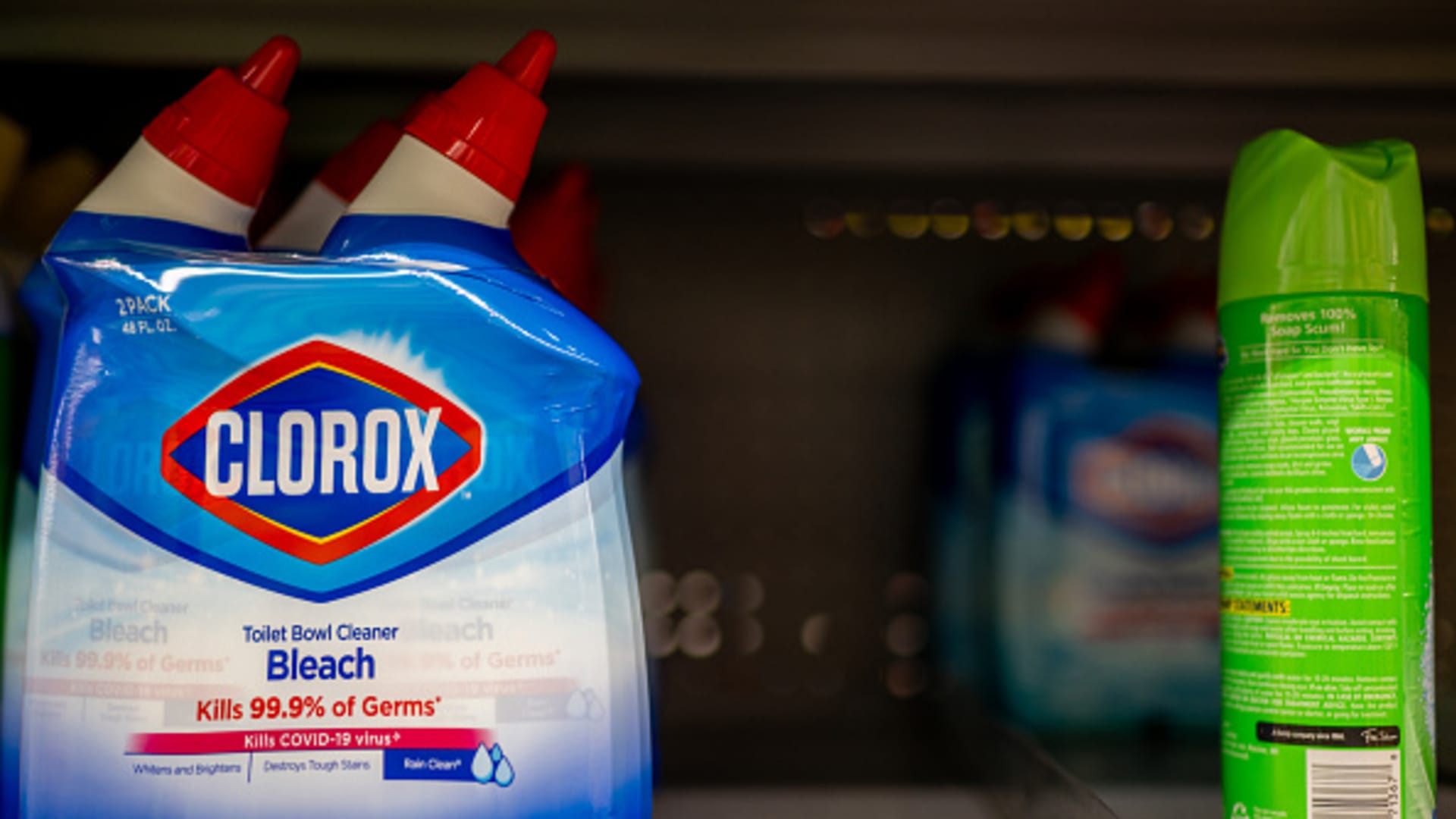Published
53 mins ago
on
May 16, 2024 Graphics/Design:
See this visualization first on the Voronoi app.
Countries With the Most Economic Influence in Southeast Asia
This was originally posted on our Voronoi app. Download the app for free on iOS or Android and discover incredible data-driven charts from a variety of trusted sources.
This chart visualizes the results of a 2024 survey conducted by the ASEAN Studies Centre at the ISEAS-Yusof Ishak Institute.
Nearly 2,000 respondents from 10 countries were asked to select which country/region they believe has the most influential economic power in Southeast Asia.
The countries surveyed are all member states of the Association of Southeast Asian Nations (ASEAN), a political and economic union of 10 countries in Southeast Asia.
Southeast Asia Perceptions: Who’s Got Economic Influence?
Across all ASEAN nations, China is regarded as the region’s most influential economic power.
Laos and Thailand had the highest share of respondents picking China, at 78% and 71% respectively. As the report points out, China is Laos’ largest foreign investor as well as its top export market.
Country🇨🇳 China🌏 ASEAN🇺🇸 U.S. 🇧🇳 Brunei64%18%8% 🇰🇭 Cambodia60%11%20% 🇮🇩 Indonesia54%28%8% 🇱🇦 Laos78%8%8% 🇲🇾 Malaysia67%17%9% 🇲🇲 Myanmar60%7%20% 🇵🇭 Philippines31%26%28% 🇸🇬 Singapore60%15%21% 🇹🇭 Thailand71%9%11% 🇻🇳 Vietnam53%29%11%
Note: Percentages are rounded.
Other ASEAN countries usually score highly as well, along with the United States.
It’s only in the Philippines, where China (31%), the U.S. (28%) and ASEAN (26%) were perceived as having a similar amount of influence.
ASEAN, Japan, and the EU
Filipinos also rated Japan’s economic influence the highest (9%) compared to those surveyed in other ASEAN countries. In 2023, the Southeast Asian bloc celebrated 50 years of friendship with Japan, marking it as one of their most important “dialogue partners.”
Country🇯🇵 Japan🇪🇺 EU🌐 Other 🇧🇳 Brunei3%1%7% 🇰🇭 Cambodia1%5%3% 🇮🇩 Indonesia5%1%3% 🇱🇦 Laos1%4%1% 🇲🇾 Malaysia4%0%2% 🇲🇲 Myanmar6%6%2% 🇵🇭 Philippines9%4%3% 🇸🇬 Singapore3%0%2% 🇹🇭 Thailand3%4%4% 🇻🇳 Vietnam3%3%2%
Note: Percentages are rounded. Other countries include: Australia, South Korea, India, and the UK.
The EU

